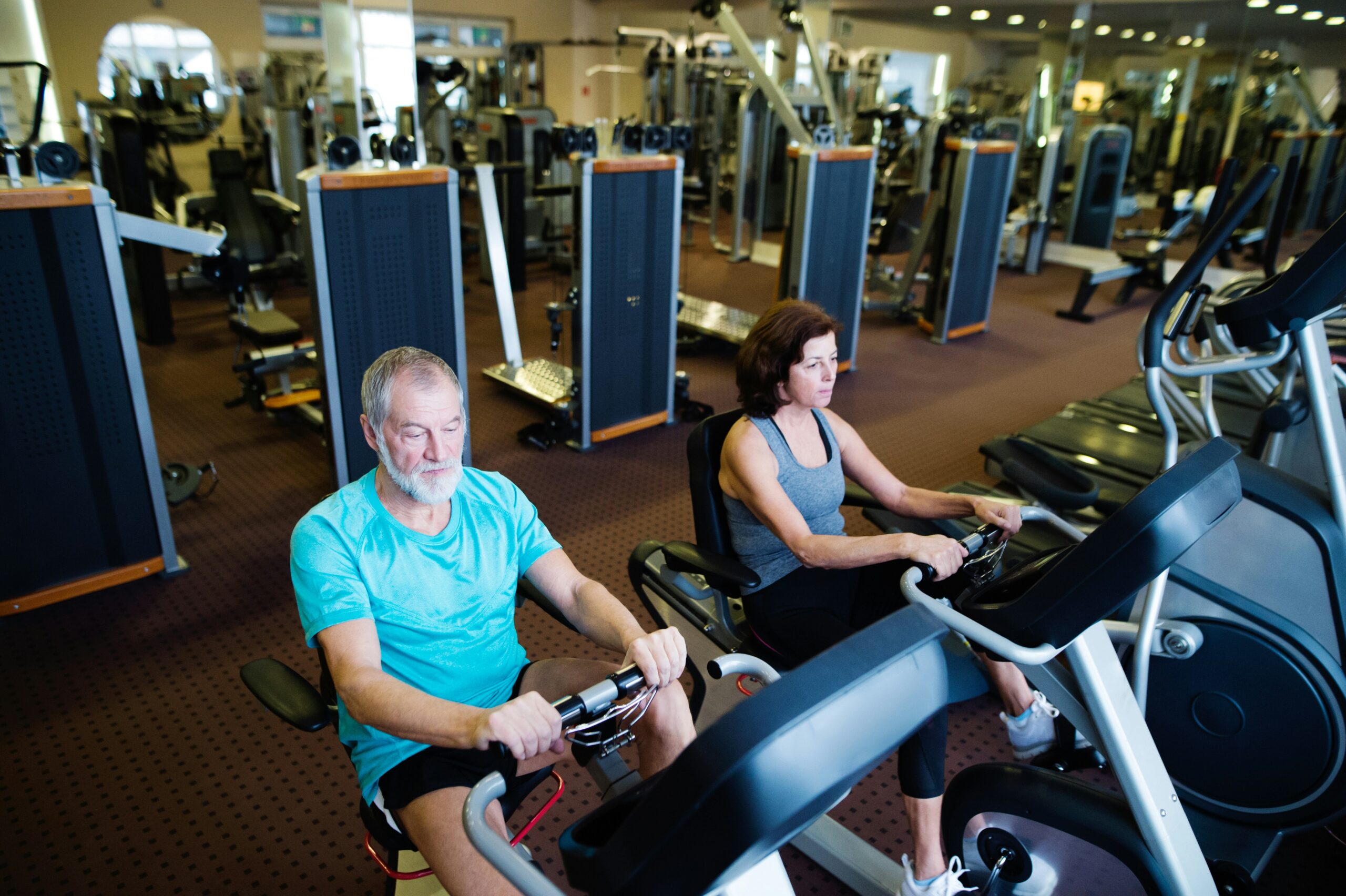
Multiple Sclerosis (MS) is a debilitating neurological disorder that affects millions worldwide. Its symptoms, which can include muscle weakness, coordination problems, and fatigue, present unique challenges for maintaining physical fitness. However, innovations in fitness equipment, particularly modifications to the traditional hip sled, are offering new opportunities for MS patients to engage in beneficial exercise with enhanced safety and effectiveness.
Understanding the Hip Sled Mechanism
The hip sled, also known as the leg press machine, is a staple in fitness centers for strengthening the lower body. It operates on a simple mechanism where the user, seated in a reclined position, pushes weight away from the body using the legs. This exercise targets the quadriceps, hamstrings, glutes, and calves. For athletes and fitness enthusiasts, the hip sled is a powerful tool for building muscle strength and endurance.
The Necessity for Adaptations for MS Patients
MS patients often struggle with exercise due to symptoms like spasticity, balance issues, and general weakness. The seated nature of hip sled exercises makes them a potentially ideal option for MS patients, provided that particular adaptations are made to accommodate their specific needs.
Innovations in Hip Sled Design Tailored to MS Patients
Fitness equipment manufacturers have recognized the potential benefits of hip sled exercises for MS patients and have made several key modifications:
- Adjustable Resistance Levels: Innovative hip sleds feature easily adjustable resistance levels that cater to the fluctuating capabilities of MS patients, accommodating days of both higher and lower physical capacity.
- Enhanced Stability and Ergonomic Support: Modifications include improved support for the back and neck and more stable seating to prevent injuries and accommodate balance impairments.
- Configurable Setup: Advanced models offer adjustable seat positions and angles, which is crucial for users with limited mobility to find a comfortable setup that does not strain their bodies.
- Integrated Safety Features: Enhanced safety features, such as emergency stop mechanisms, adjustable safety locks, and anti-slip materials, are critical for preventing accidents.
- Remote Control Adjustments: Some hip sled machines include remote controls to adjust settings, minimizing the need for physical stretching or reaching that can be challenging for those with severe mobility limitations.
Benefits Derived from Adapted Hip Sled Exercises
The introduction of specially adapted hip sleds brings several advantages to MS patients:
- Muscle Strengthening and Increased Mobility: Regular use helps maintain and even improve muscle strength, which is crucial for mobility and daily activities.
- Spasticity Management: Controlled, smooth movements can help in reducing muscle stiffness and spasticity, which are common in MS.
- Cardiovascular Improvement: These exercises also support cardiovascular health, contributing to overall endurance.
- Enhanced Mental Well-being: Physical activity is known to boost mental health, providing a sense of achievement and normalcy.
Implementation and Testimonials
Rehabilitation centers and specialized gyms are increasingly incorporating these modified hip sleds into their offerings for MS patients, with promising results. Testimonials from users highlight significant improvements in physical capabilities and a positive impact on quality of life.
Future Prospects
User feedback and technological advancements continue to inform the evolution of hip sled designs. Future iterations may feature more personalized adjustments and integration with digital health platforms to track and optimize user progress.
The innovation of hip sled machines for MS patients exemplifies how targeted modifications in fitness equipment can significantly enhance the quality of life for individuals with mobility impairments. By addressing the unique physical challenges posed by MS, these adaptations provide a safer, more effective way for patients to engage in regular physical activity, underscoring the critical role of tailored fitness solutions in disease management strategies.